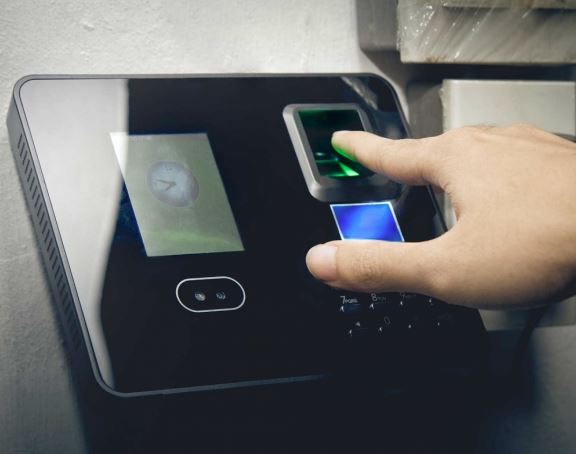
Remee Security Cables Address Access Control Trends
Florida, NY – Remee Wire & Cable, a leading manufacturer of electronic wire and cable, announces The development of new Access Control Cables to address the latest trends in security systems. Remee’s latest advancements in their Vigilance™ line of Security, Alarm and Control Cables have been designed to meet the latest standards and requirements of the evolving security and controls industries, some of which are mentioned here.
An increasing number of professional security applications now use some form of biometric reader. More building management companies are looking into the use of these devices as a way of making their workers and residents feel more secure. With biometric devices at points of access, users have the option of dropping the requirement for physical cards entirely. They may instead rely on fingerprint or facial recognition to enter buildings.
Lock manufacturers are looking to create a single user-friendly platform that allows clients to have control over all aspects of their security. We have recently seen Vanderbilt, a major player in the physical access control space, expand their pooling of resources with ACT and SPC Connect. This is an attempt to build a unified access control and intrusion detection system.
The same thing is happening with the integration of video management platforms. Consumers are able to receive text message alerts about intruder detections on their security cameras.
Another access control technology that has grown in popularity is the use of mobile devices for access. Users can replace physical access cards with any preferred device that they can swipe over a physical access reader. The move towards the use of mobile devices for this purpose has pushed access providers to rely more on cloud platforms as the as a backbone for biometric and mobile solutions.
The Wiegand protocols govern communications around older access technologies used in locks, subways, buildings, and doors built back in the 1980s. Over time, these components have become more and more vulnerable to security breaches, and many “off-the-shelf” solutions offered today fail to provide proper protection against security strikes. The need for better access control security has pushed support for a replacement for Wiegand. Many access control experts are now advocating for the adoption of the Open Supervised Device Protocol (OSDP). The interoperable nature of OSDP makes it more flexible than Wiegand with regards to the options it can provide to end users.
With the use of IoT devices, access control systems can deliver data to the cloud in real-time, supported by access control wire and cable. This enables the conduction of remote diagnostics between systems. Better predictions will come about because of this, helping to figure out specific system requirements and ensure improved protection against potential vulnerabilities.
Remee Wire & Cable has followed these trends and made significant developments in their Vigilance™ line of Security, Alarm and Control cables to accommodate the latest requirements and standards in the industry. This product line features security cables, video CCTV cables for surveillance, fire alarm cables, lighting and shade control cables, thermostat control cables, and access control cables.
Free cable samples are available from Remee at https://remee.com/request-a-cable-sample-from-remee/.
For more information, about Remee Wire & Cable, please visit www.remee.com, email us at info@remee.com, or call 1-800-431-3864.
About Remee Wire & Cable
Remee Wire & Cable is a world class manufacturer of electronic wire and cable, both copper and fiber optic cable.
The company is headquartered in Florida, New York, where its corporate offices, engineering and manufacturing facilities are all located. Since the company’s start in 1972, personal attention and care have been the hallmarks of the family-run company. Remee’s engineering and manufacturing expertise has enabled the growth of the company’s product offering and custom capabilities, now at a level that rivals some of the largest cable manufacturers. The large standard cable offering at Remee, along with expert capabilities to modify any standard cable and manufacture complex and custom-made cables, are proof of our significant industry stature.
Remee features the quick decision-making, special customer care and access to executives, which are strong attributes for a family-run company. Yet, Remee also offers a huge selection of cables and expert capabilities that rival the largest cable manufacturers. So, at Remee, customers enjoy our “dual personality” and the best of both worlds.